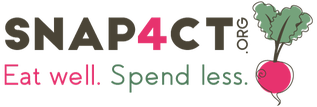What is Lactose Intolerance?
Talk to your doctor so you can be properly diagnosed.
Limit the Lactose
|
|
|
|
|
|
- Most people with lactose intolerance are able to tolerate small amounts of dairy. If you choose to eat dairy foods, small amounts throughout the day may not bother you like large amounts at one time do.
- Slowly increasing the amount of lactose consumed over time can help improve tolerance. Some people find that by gradually increasing the amount of dairy in their diet, they are able to eat larger amounts without unpleasant symptoms.
Read Ingredients Lists
|
Lactose is found in both dairy products and packaged foods, so reading food labels carefully is important! The ingredients list is ordered from the most to the least in weight. If none of the first 4 ingredients contain lactose, the amount in the food is likely small. Watch out for ingredients like "whey," "curd," and "lactulose," these are other names for milk. Here's a full list of Hidden Names for Milk [PDF] from Kids With Food Allergies to help you identify foods that contain lactose.
|
Dairy Foods You CAN Eat!

Milk
Yogurt
Cheese
Ice Cream
Need More Info on Lactose Intolerance?
- Lactose Intolerance - from National Institute of Diabetes and Digestive and Kidney Diseases (NIDDK)
- 7 Ways to Start Adding Dairy Back Into Your Diet - from National Dairy Council
- Milk Allergy vs. Lactose Intolerance - from Food Allergy Research & Education (FARE)

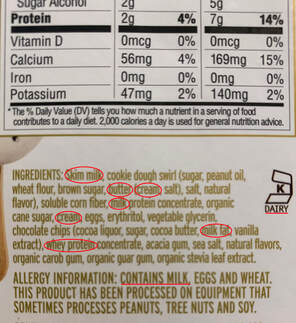

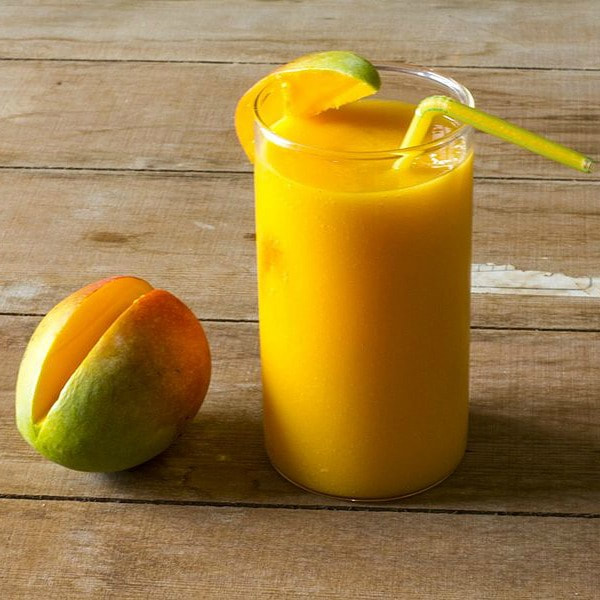
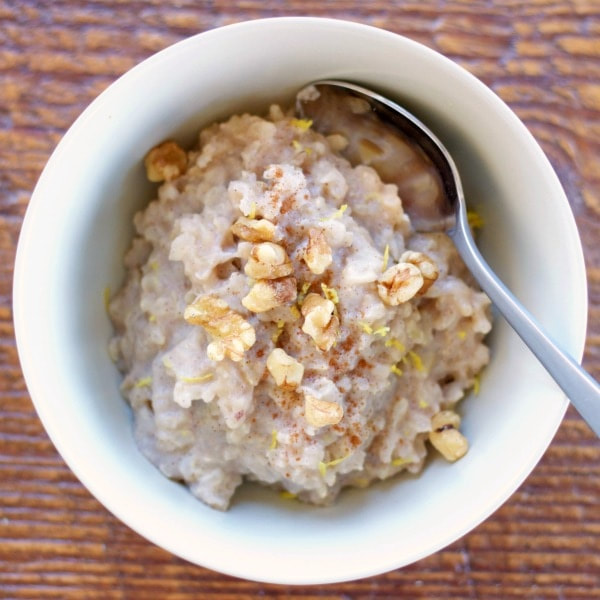

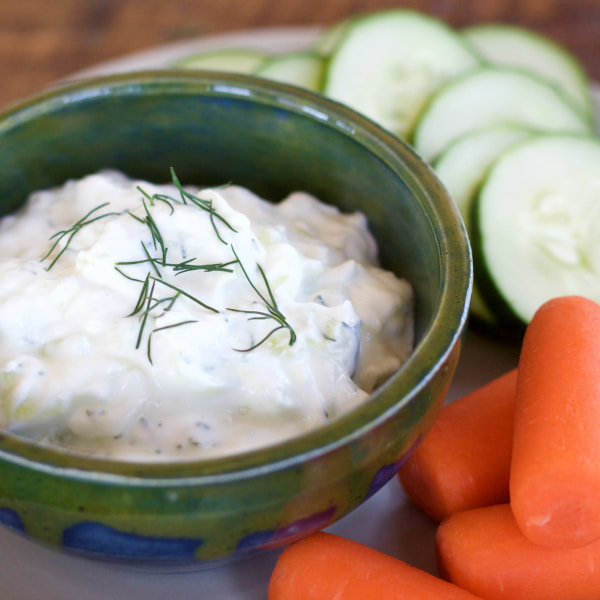


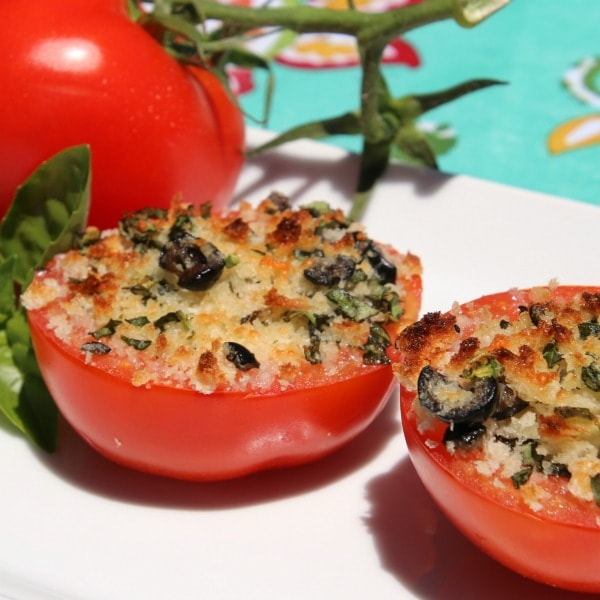
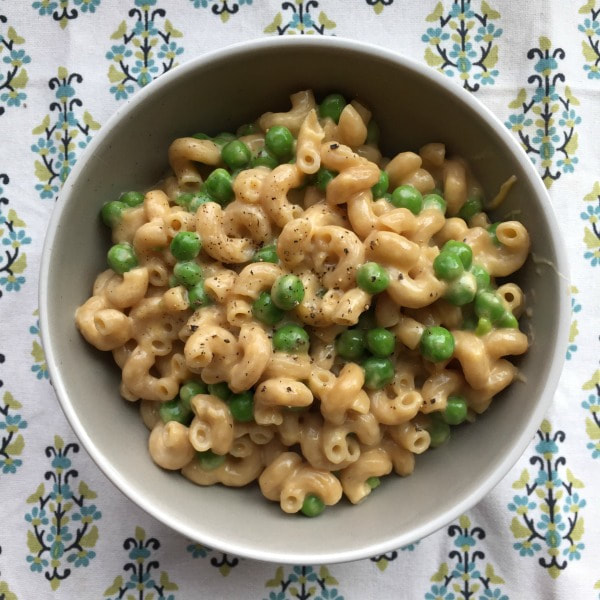

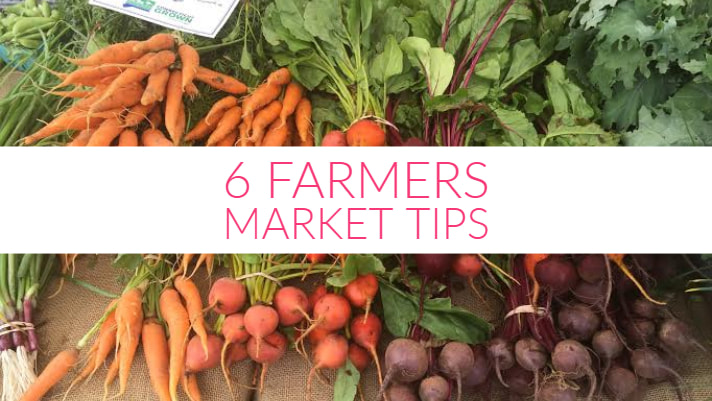
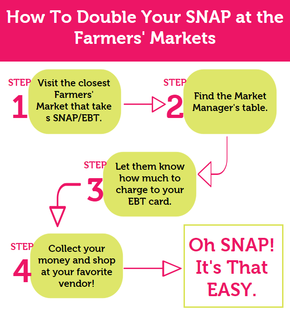
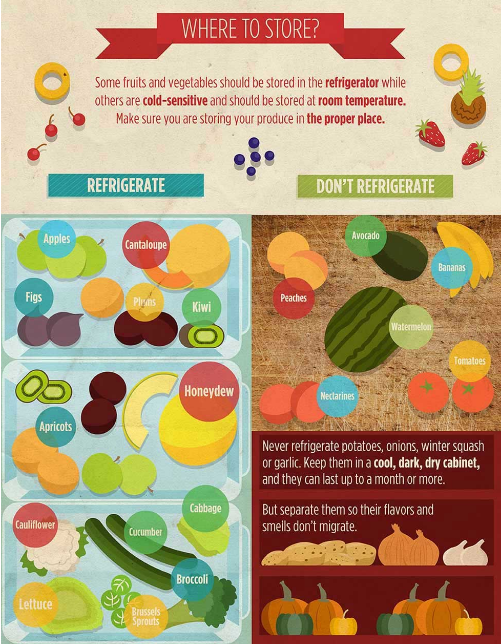
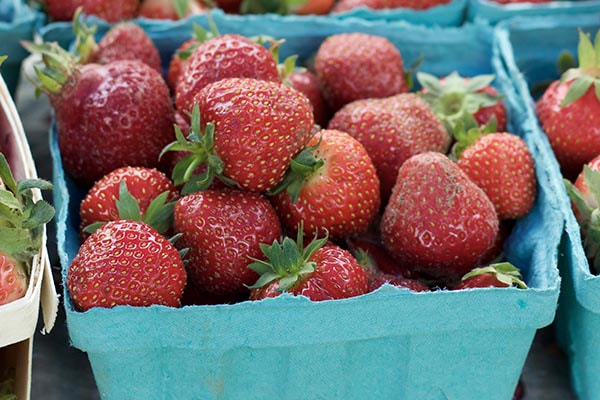
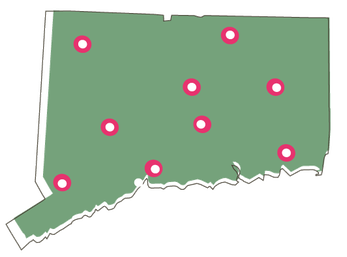
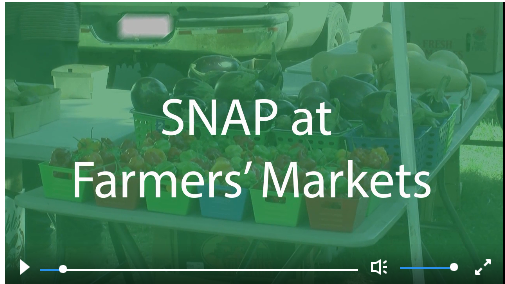
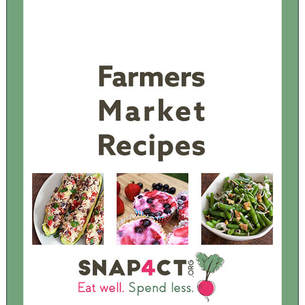
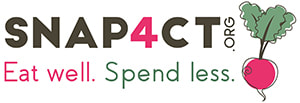
 RSS Feed
RSS Feed
